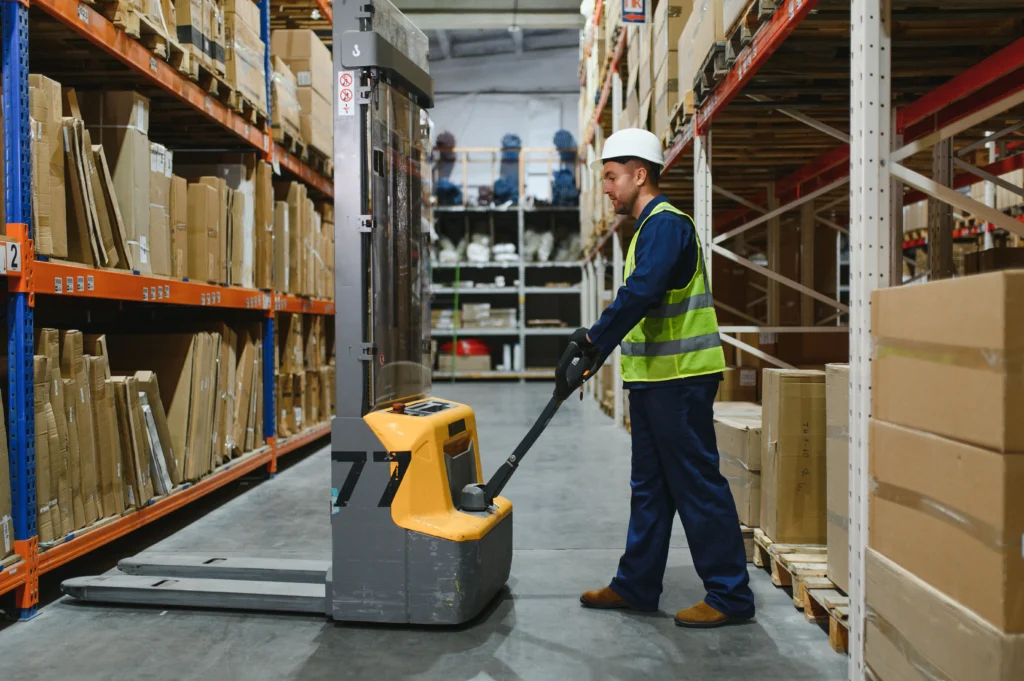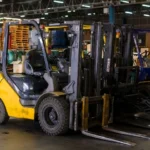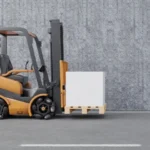
In the modern fast-developing sphere of logistics and warehousing in India and USA, innovation is the only key to remaining competitive. Automated Guided Vehicles (AGVs) are one of the technology breakthroughs in the industry that can be described as a game-changer. These self-driving cars are transforming the way warehouses, ports and cargo handling services are conducted by automating the material handling tasks and minimizing human error and enhancing efficiency.
With shipping companies in india, particularly in hubs such as Mumbai, and warehouses in the USA trying to be smarter in their approach, knowing more about the development of AGVs can help shed light on their increased presence in contemporary supply chains and the work of ground handling equipment.
Early Innovations and Adoption

Automated material movement The idea of automated movement of materials is many decades old; early AGVs were crude and confined to pre-defined paths by magnetic or wire guidance. Irrespective of their limitations, the early systems formed the background of more advanced fleet management and navigation systems.
The first adopters of AGVs in India and the USA were shipping companies and large-scale warehouses that saw the potential of applying AGVs to the improvement of container handling services and warehouse logistics. Forklift truck operations remain labor intensive; however, reducing labor requirements improved safety and lowered operational costs, which was a crucial finding in high port operations and cargo terminals.
Technological Advancements Driving Modern AGVs
The second stage of AGV development uses such powerful technologies as laser navigation, computer sight, and the Internet of Things. Contemporary AGVs have become self-sufficient to navigate, plan their routes in real-time, and cooperate harmoniously with the rest of the material handling devices.
This development matches the needs of industries in India and the USA. Examples include airport ground handling and heavy cargo. Forklift rental companies and container handler dealers now integrate AGVs. These complement human-operated forklifts and cranes, creating hybrid systems for higher productivity.
The Role of AI and Data Analytics
The most recent generation of AGVs uses predictive maintenance through artificial intelligence and data analytics, route optimization, and load balancing. Through operational data, companies can predict when the machines need maintenance. Under annual maintenance contracts, they frequently schedule maintenance, which reduces the downtime of forklifts, AGVs, and other machines.
This creative approach supports sustainability goals and cost efficiency in warehousing solutions, making AGVs an important part of the material handling solutions offered by top forklift truck dealers and equipment suppliers both in Mumbai and the USA.
Conclusion: Embracing AGVs for the Future
Automated Guided Vehicles (AGVs) have significantly transformed warehousing and cargo handling in India and the USA. Engineers upgraded them from basic guided carts to intelligent AI-driven machines, showing the future of efficient and safe material handling.
By partnering with reliable providers like Mazda Movers, businesses gain access to forklift rental and advanced equipment. This support enables them to leverage AGV technology, boost productivity, and meet today’s challenging logistics demands.
Follow Mazda Movers on Instagram, LinkedIn, and Facebook for updates on material handling innovation. Lead the warehousing world with the power of automated guided vehicles.





